Agroforestry is one of the most widespread strategies for combating land degradation in the Sahelian zones of West Africa. Woody plants, whether trees or shrubs, improve soil fertility by improving fertility under and around the tree/shrub crowns thanks to their root systems, their growth habit and their litter. Within these areas, the biological activity of macrofauna communities develops, ensuring better soil structuring and functioning. However, woody plants are maintained at different densities in the fields, which raises the need to propose optimal densities of those woody plants that most enhance the population of soil macrofauna communities.
This paper presents the results of the effects of different densities of P. reticulatum (DC) Hoscht on the abundance of soil macrofaunal communities under two types of tillage. The experimental design included two factors: 1. tillage, and 2. shrub density. The tillage consisted of zaï and no-till. The zaï treatments included densities of 0, 500, 1000 and 2000 plants/ha of P. reticulatum (DC) Hochst. and the direct seeding 500 and 2000 plants/ha. Pruning/copiccing and mulching were respectively practiced as management methods for the shrubs and their biomass.
Effects of P. reticulatum (DC) Hochst density on soil macrofauna
In Zaï, termites (Picture 1) were most abundant at 1,000 plants/ha, ants at 2,000 plants/ha, and millepedes at 500 plants/ha (Figure 1).
In no-till, termites were more abundant at plant density 2,000 plants/ha cropping system, while ants, earthworms (Picture 2) and millipedes were more abundant under fallow than at the 2,000 plants/ha density (Figure 1 and 2).
Take-home message: Densities of 1,000 to 2,000 P. reticulatum (DC) Hochst plants/ha showed the highest numbers of soil macrofauna communities and can be recommended for improving soil biological activity.
Written by: Moussa Gnissien, Moussa Barro, Kalifa Coulibaly, Jean-Marie Douzet, Hassan B. Nacro, Nazi BONI University, CIRAD.
Further information
Related news items
Effects of different densities of Piliostigma reticulatum (DC) Hochst on cowpea yield in Burkina Faso - July 2022
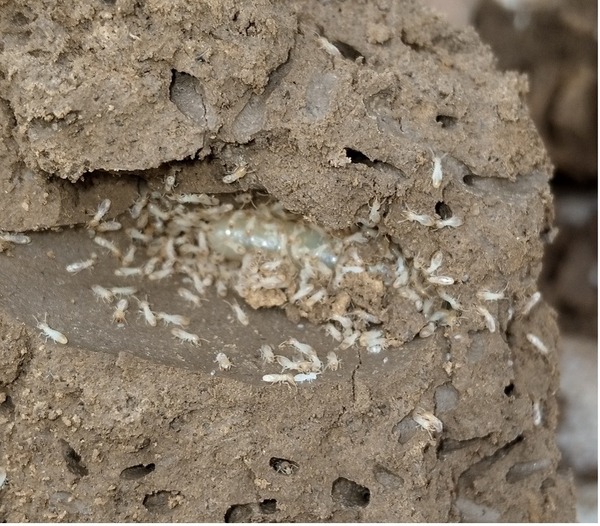
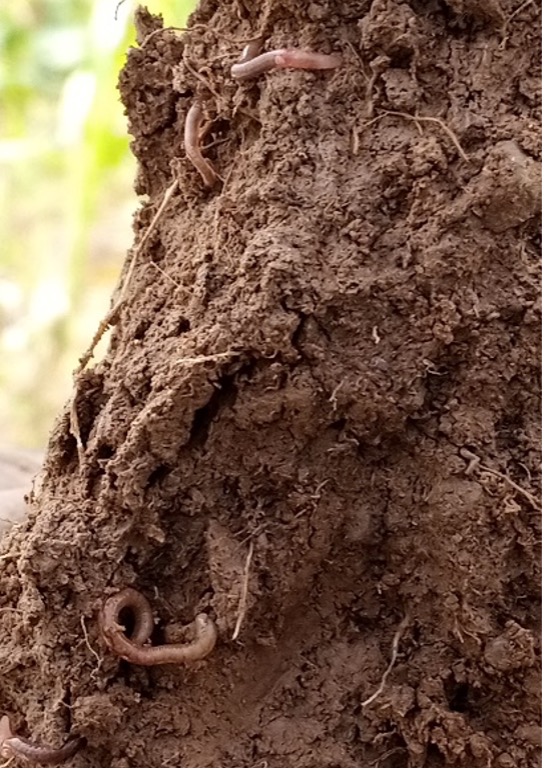
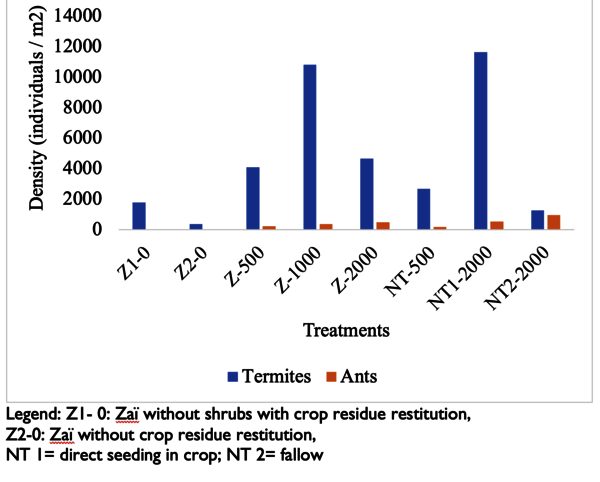
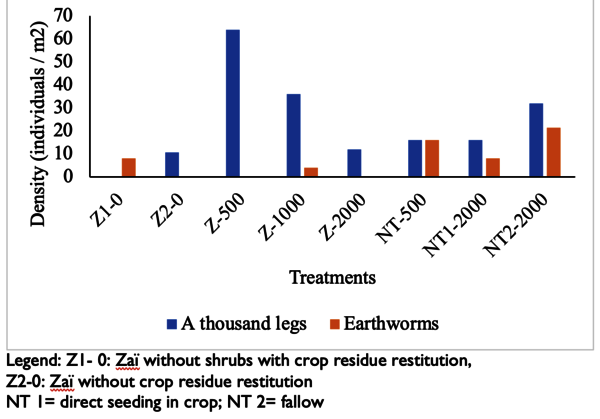
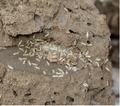
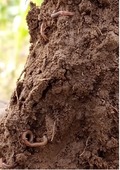


 tap and then scroll down to the Add to Home Screen command.
tap and then scroll down to the Add to Home Screen command.